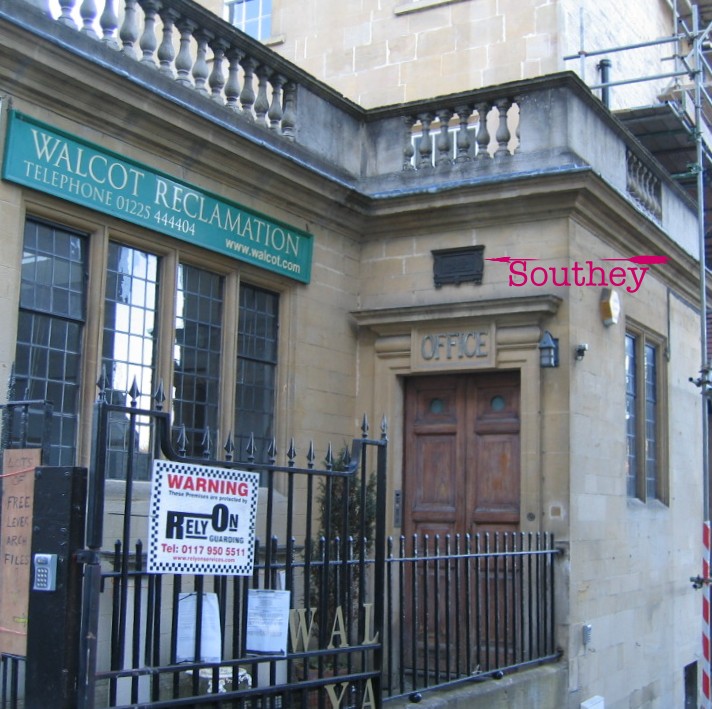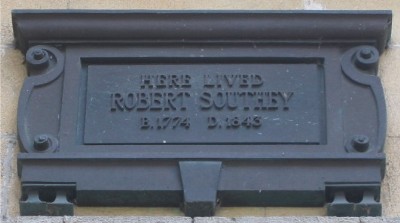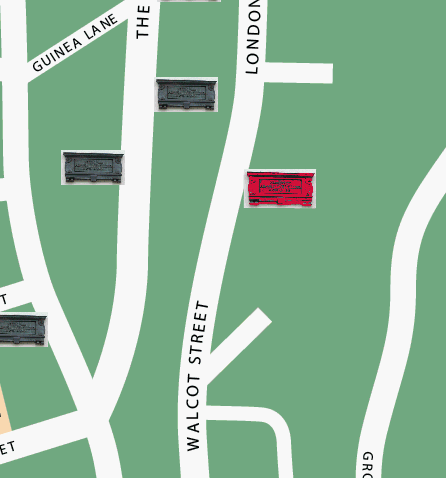Robert Southey
Who was he?
Wikipedia:
Robert Southey (12 August 1774 – 21 March 1843) was an English
poet of the Romantic school, one of the so-called "Lake Poets", and
Poet Laureate for 30 years from 1813 to his death in 1843. Although his
fame tends to be eclipsed by that of his contemporaries and friends
William Wordsworth and Samuel Taylor
Coleridge, Southey's verse enjoys enduring popularity. Moreover,
Southey was a prolific letter writer, literary scholar, essay writer,
historian and biographer. His biographies include the life and works of
John Bunyan, John Wesley, William Cowper, Oliver Cromwell and
Horatio Nelson. The latter has rarely been out
of print since its publication in 1813 and was adapted for the screen
in the 1926 British film, Nelson. He was also a renowned Portuguese and
Spanish scholar, translating a number of works of those two countries
into English and writing both a History of Brazil (part of his planned
History of Portugal which was never completed) and a History of the
Peninsular War. Perhaps his most enduring contribution to literary
history is the immortal children's classic,
The Story of the Three Bears, the
original Goldilocks story, which first saw print in 1834 in Southey's
novel,
The Doctor.
Why was he in Bath?
When he was young, Southey stayed in Bath with his aunt, a Miss Tyler,
who lived at 108, Walcot Street. She often took young Robert to the
theatre - the
old Theatre Royal
in Orchard Street; he remarked later in
his life that he saw more plays before he was seven than after he was
twenty:


The text reads
"Here lived Robert Southey b. 1774 d. 1843"
Location map of 108, Walcot Street:

(c) 2011
Bath-Heritage.co.uk | Contact us|




